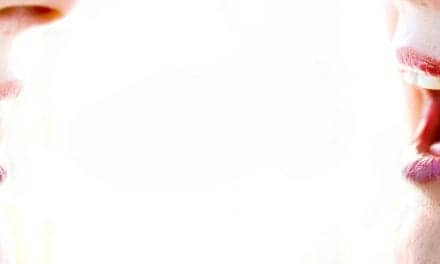A new discovery by scientists at the University of California, San Francisco (UCSF Medical Center) could help find biomarkers for targeted drug therapies to help people with single-sided deafness (SSD), and may also pave the way for the development of brain stimulation therapies to restore normal auditory processing.
SSD affects around 60,000 people per year in the US. It can be caused by a number of things, from viral infections to brain tumors, and is currently incurable and difficult to treat. Symptoms of SSD include impaired hearing, difficulty filtering out background noise, and difficulty determining sound direction.
A major stumbling block to finding the best treatment has been the current lack of biomarkers against which to measure the efficacy of drug therapy, but a group of scientists based at the University of California have been looking at brain plasticity in response to the development of single-sided deafness.
Brain plasticity is the ability of the brain to modify its own structure and function in response to changes within the body (eg, disease) or to external factors. Brain plasticity helps us to learn and change our behavior as children, and as adults can help us to overcome brain injuries, adjust to using prosthetic limbs, hearing devices, and more. With the development of new methods for studying brain plasticity, researchers are learning more about how our brains work and change, and how to harness this knowledge to our advantage.
A study led by Srikantan Nagarajan, PhD, and Steven Cheung, MD, at UCSF used multi-modal imaging (MMI), a new method that combines several brain-imaging techniques to look at changes in the brain. It is a powerful tool, helping scientists observe how the brain reorganizes itself during learning and disease processes, and has many important applications.
In this study, the researchers used magnetoencephalographic imaging (MEGI), as well as fMRI scans, to look at the auditory cortices of 26 subjects—13 people with SSD, and 13 with normal hearing. There are two auditory cortices in the human brain; one in each hemisphere. The neurons in these cortices are arranged in a “tonotopic map,” according to the frequencies of sound to which they respond the best. So, neurons activated by one frequency of sound, are found near to neurons activated by a similar frequency.
The 26 study participants were exposed to sounds of different frequencies as the researchers monitored areas of activation in their auditory cortices. The team observed the spread of neuron activation across the tonotopic maps in both brain hemispheres, and noticed significant differences between the two subject groups. The spread of activation was symmetrical across the cortices of the hemispheres of the brain in normal-hearing subjects, but not in SSD sufferers. In these cases, the spread of neuron activation was extended in one hemisphere and reduced in the other.
According to the research team, this discovery shows plasticity in both hemispheres of the brain in SSD sufferers, and is an important step towards developing biomarkers to help guide drug treatment choices. They say it may even be possible to one day use this understanding of brain plasticity to develop non-drug-related therapies to cure SSD. That is, by using brain stimulation to restore a normal inter-hemispheric relationship, scientists may be able to restore normal auditory processing, returning sufferers to a life less affected by this type of hearing loss.
A related article by the researchers was published in an October 2015 edition of the journal Frontiers in Human Neuroscience.
Source: University of California, San Francisco; Frontiers






I am 31, live in California, and have lived with SSD my whole life. I would love to be a participant in any studies you may be working on and am very hopeful that a cure or remedy will be found one day.
I have had SSD for 20 years now because of a brain tumor when I was in high school. I think this is wonderful news for people suffering from SSD, very hopeful. I have been using CROS over hearing aids and they work for the most part. Looking forward to hearing more about this new form of technology.
I’ve been completely deaf from my left ear all my life. I regained hope when I read this article. I am looking forward to any possible treatment this study will bring.
I have been using TransEar for about two years now. It helps but it doesn’t do anything close to what I had hoped.
I have had SSD for 4 months and would love to hear more findings from this study as it goes forward. I am hoping that there is a cure through this plasticity of the brain or drugs to cure or restore normal hearing. It would definitely give all of us sufferers our life back. Thank you for all you are trying to accomplish.
I am an Audiologist with 30 years experience in the field. I have a severe to anacusic hearing loss in the right ear from mumps at 3 yo. I also have borderline normal to severe sloping SN HL in the left ear that includes a significant sudden SN HL notch at .5kHz. Recently with bluetooth and recorded stimuli and new aids I have experienced localization for the first time. Weird experience you people have.